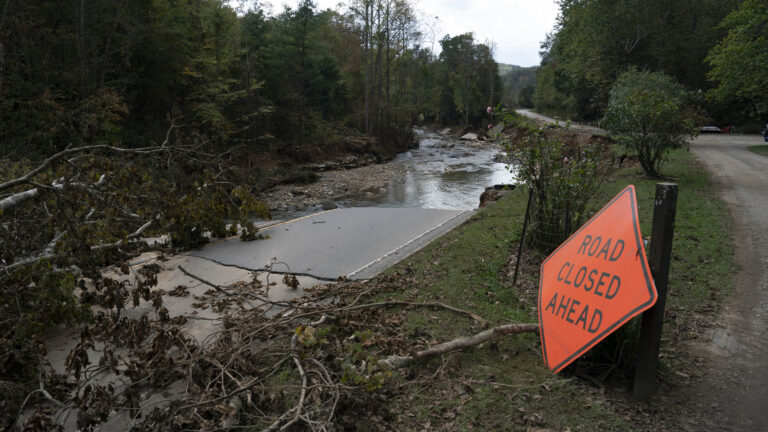A remake of Riven: The Sequel to Myst launched this week, made by the original game's developers. It strikes a fascinating balance between re-creation and reinvention, and based on a couple of hours of playing it, it's a resounding success.
Myst was the classic most people remembered fondly from the early CD-ROM era, but for me, its sequel, Riven, was the highlight. After that, the sequels declined in quality. The sophomore effort was the apex.
It was certainly more ambitious than Myst. Instead of a handful of tightly packed theme park worlds, it offered a singular, cohesive one that felt lived in and steeped in history in a way that Myst couldn't quite match.
A worthy presentation
That was thanks to outstanding art direction but also to its iconic musical score.
For the most part, the remake nails both of those things. While the original game resembled the first Myst in that you had to click to scroll between static images to explore the game's world, the new one follows the 2020 Myst remake (and 2000's oft-forgotten realMyst) in giving the player full movement, akin to contemporary first-person puzzle games like Portal, The Witness, or The Talos Principle. Since it's easy to re-create a lot of the original camera angles this way, it might have been cool if there had been an option to control the game as you did originally, but I can see why that wasn't a priority.
It just so happens that today's graphics hardware does an outstanding job of replicating previously static visuals in full 3D. (There's even VR support, though I haven't tried it yet.) And the music is just as good as it used to be.

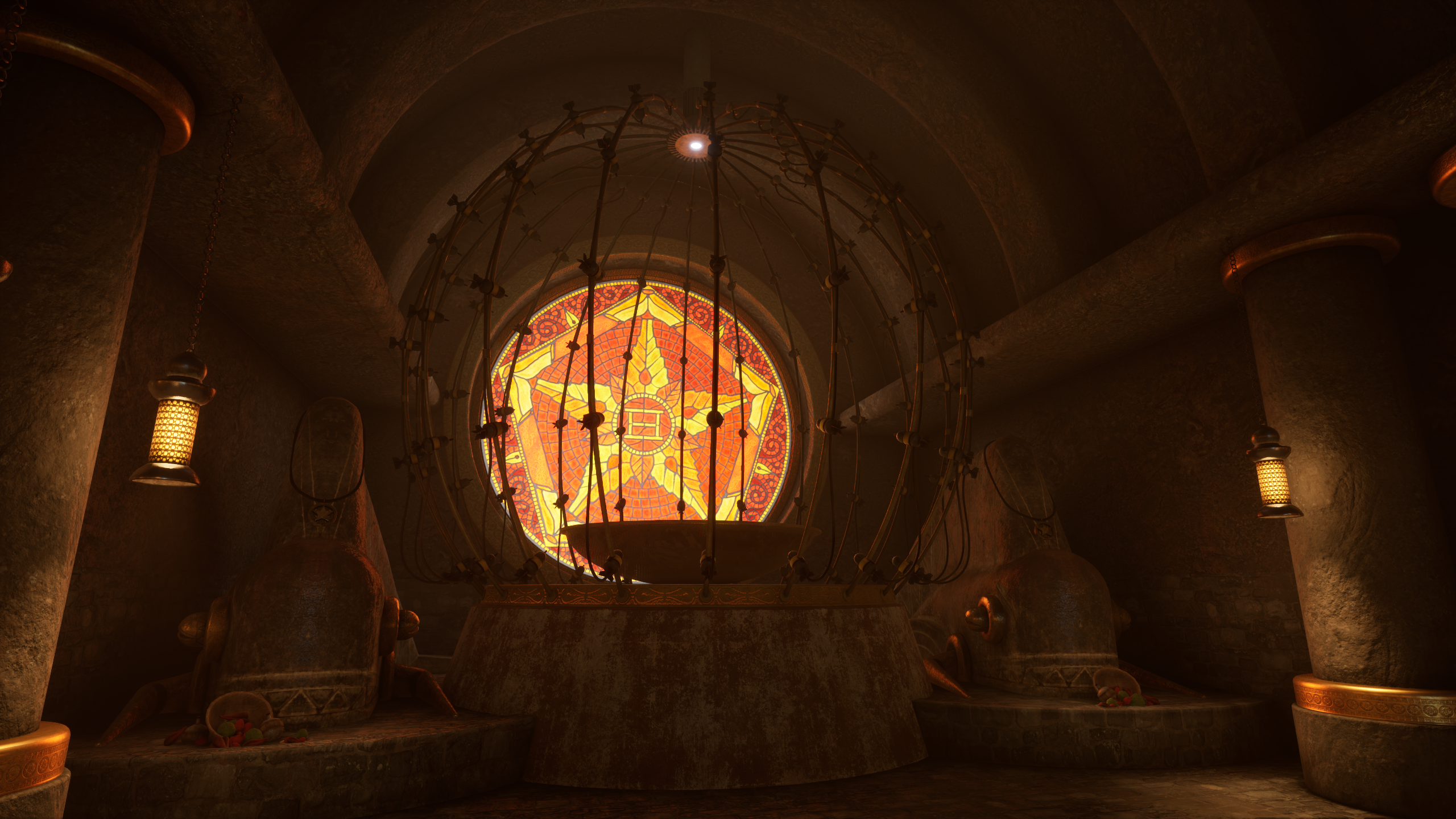
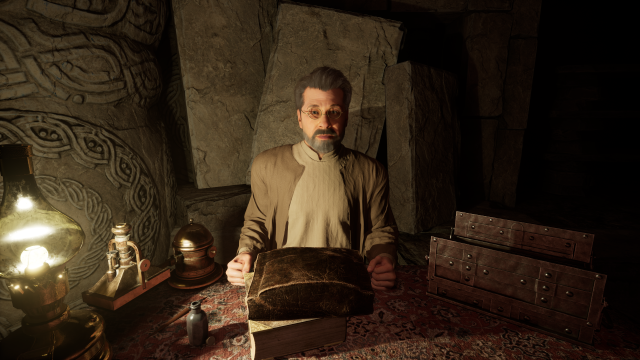

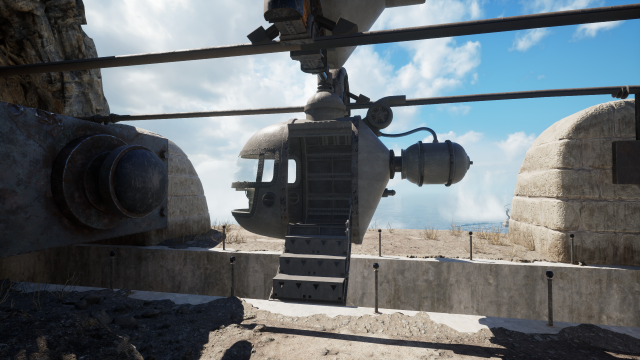
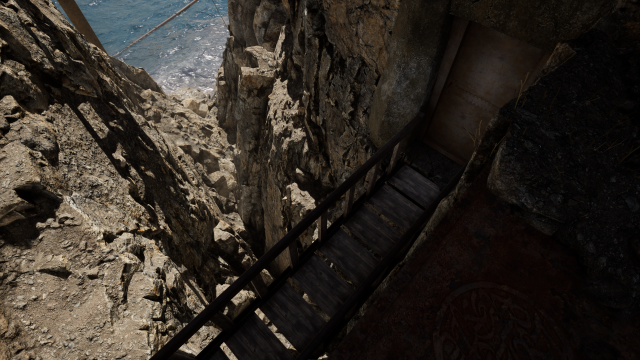


 Loading comments...
Loading comments...
